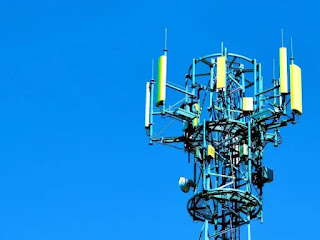Sure, here are ten interesting facts about the telecommunications industry:
Global Reach: Telecommunications has enabled unprecedented global connectivity. Today, there are over 7 billion mobile subscriptions worldwide, surpassing the global population.
Internet Traffic: The volume of internet traffic continues to grow exponentially. As of recent data, global internet traffic has reached several petabytes per second, driven by streaming services, social media, and the proliferation of connected devices.
5G Revolution: The rollout of 5G networks promises to revolutionize telecommunications by offering faster speeds, lower latency, and greater capacity. It's expected to enable innovations like autonomous vehicles, remote surgery, and augmented reality.
Submarine Cables: Underwater fiber optic cables carry approximately 99% of international data traffic. These cables span vast distances across oceans, connecting continents and facilitating global communication.
Satellite Communication: While submarine cables dominate international data transmission, satellites play a crucial role in connecting remote regions where terrestrial infrastructure is impractical. They're used for broadcasting, internet access, and communication in areas lacking terrestrial coverage.
Mobile Money: Telecommunications has facilitated the rise of mobile money services, particularly in developing countries where traditional banking infrastructure is limited. Mobile money allows users to conduct financial transactions using their mobile phones, fostering financial inclusion.
Cybersecurity Challenges: With increased connectivity comes greater cybersecurity risks. Telecommunications networks are prime targets for cyber attacks, requiring constant vigilance and investment in robust security measures to safeguard sensitive data and infrastructure.
Internet of Things (IoT): The proliferation of IoT devices, ranging from smart appliances to industrial sensors, relies heavily on telecommunications networks to transmit data. IoT has applications across various sectors, including healthcare, agriculture, and manufacturing.
Telecommuting and Remote Work: Advances in telecommunications technology have facilitated the rise of telecommuting and remote work arrangements. High-speed internet, video conferencing, and collaboration tools enable employees to work from anywhere, transforming traditional notions of the workplace.
Digital Divide: Despite significant advancements, the digital divide persists, with disparities in access to telecommunications infrastructure and services between urban and rural areas, as well as between developed and developing regions. Bridging this gap remains a significant challenge for policymakers and industry stakeholders.
These facts showcase the profound impact of telecommunications on society, economy, and technology, highlighting both its opportunities and challenges.






